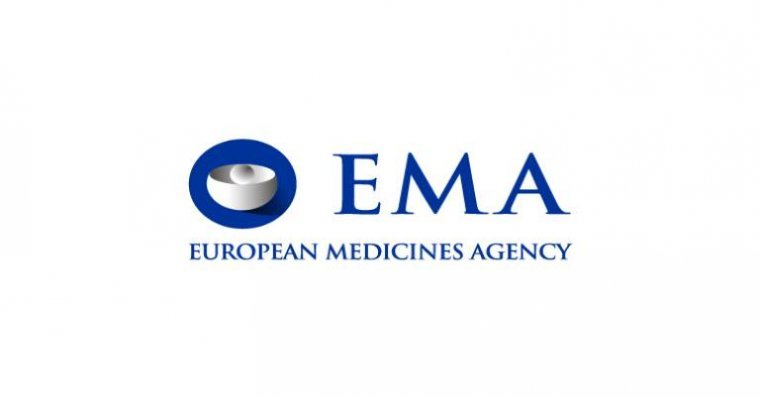
Noninvasive Choroidal Vessel Analysis Using Deep Learning: A Novel OCT Angiography Technique
Researchers from Peking University have pioneered a noninvasive choroidal angiography technique that enables detailed layer-wise visualization of choroidal vessels through deep learning. This breakthrough, published in Health Data Science, could significantly improve the diagnosis and analysis of retinal diseases by providing a clearer, three-dimensional view of choroidal structures.
A New Era in Choroidal Imaging: C-OCTA
The new technique, known as choroidal optical coherence tomography angiography (C-OCTA), leverages a deep learning-based segmentation model to process various qualities of OCT B-scans, producing detailed 3D images of choroidal vessels. Unlike traditional methods such as indocyanine green angiography (ICGA)—which are invasive and lack the necessary volumetric data for choroidal analysis—this method offers a noninvasive, precise, and comprehensive view of the choroidal vasculature.
Development and Clinical Relevance of the Deep Learning Framework
Led by Lei Zhu, a PhD student in Biomedical Engineering, and Associate Professor Yanye Lu at Peking University Health Science Center, the research team designed this deep learning model to capture choroidal vascular details effectively. The model was trained on high-quality OCT B-scans but is robust enough to perform accurately on lower-quality scans, which are often encountered in clinical practice.
“Our approach uses a segmentation model to extract choroidal vessels from OCT B-scans,” Zhu explained. “It allows for the reconstruction of choroidal structures with precision, facilitating improved analysis of choroidal indexes in various retinal diseases.”
Enhancing Clinical Precision Through Advanced Segmentation Techniques
This deep learning framework addresses the segmentation task as a cross-domain challenge. By applying an ensemble discriminative mean teacher structure, it reduces noise and enhances adaptability across varying scan qualities. Testing on extensive datasets showed a dice score of 77.28 for choroidal vessel segmentation, underscoring the model’s accuracy in reconstructing choroidal vessel distributions.
Key Findings in Clinical Application
In their study, the team demonstrated a notable reduction in vascular indexes in patients with central serous chorioretinopathy compared to healthy individuals, particularly in regions beyond the central macula fovea (P < 0.05). This highlights the technique’s potential in detecting subtle vascular changes associated with retinal diseases.
Future Directions: Expanding to Broader Retinal Disease Applications
The research team aims to expand this technique to analyze choroidal indexes across a wider range of retinal diseases, potentially transforming clinical precision and patient outcomes. “Our goal is to refine this model further for broader clinical use, providing a more efficient and less invasive alternative for choroidal vessel analysis,” added Professor Lu.
This innovative approach to noninvasive choroidal imaging could revolutionize retinal disease diagnostics, offering a promising tool for ophthalmologists seeking detailed, reliable data on choroidal vessel health.
Resource:
Lei Zhu, Junmeng Li, Yicheng Hu, Ruilin Zhu, Shuang Zeng, Pei Rong, Yadi Zhang, Xiaopeng Gu, Yuwei Wang,Zhiyue Zhang, et al. Choroidal Optical Coherence Tomography Angiography: Noninvasive Choroidal Vessel Analysis via Deep Learning. Health Data Sci. 2024;4:0170.DOI:10.34133/hds.0170
(1).jpg)










